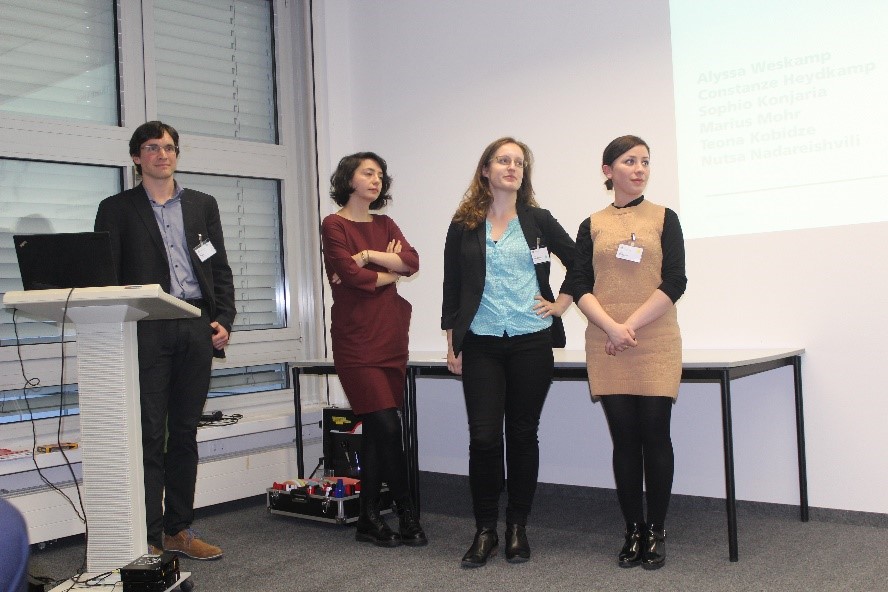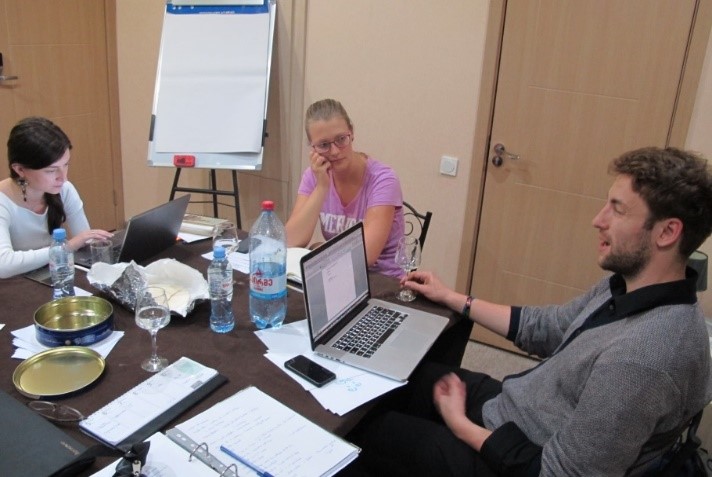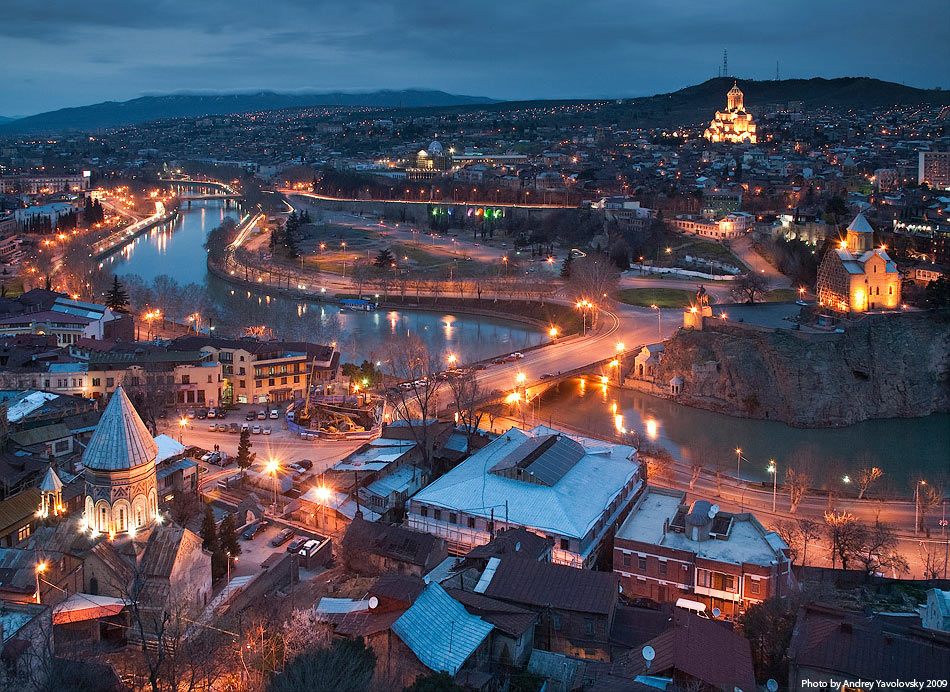
City Lab Tbilisi

Information about Tbilisi
Tbilisi is located along the shores of Mtkvari River, occupying both banks, while jostling the foothills of the Trialeti Range, the slopes of which in many cases descend all the way to the edges of the river. The geo-political location of the city has drastically influenced its unique artistic and architectural integrity. With a size of 502 km² and a population of 1,113,000, Tbilisi has a population density of around 3,200 inhabitants/km². The location of the city is very convenient, since it represents a transit hub between Europe and Asia. Tbilisi's proximity to these lucrative east-west trade routes has made it an important transit route for global energy and trade projects. The old part of the city is listed under UNESCO World Heritage.
In 2011, Tbilisi developed a Sustainable Energy Action Plan, committing itself to reduce its CO2 emissions by 20% by 2020. This action plan is currently being renewed, which means that Tbilisi will have additional responsibilities, including a CO2 emission reduction of 30% by 2030. Additionally, Georgia has signed the Paris Agreement in 2016 within the United Nations Framework Convention on Climate Change.


City Lab process
Between May 2015 and March 2016, a »Morgenstadt City Lab« was carried out in Tbilisi, Georgia. A city team of four members of the »Morgenstadt Innovation Network« supported by a counterpart from Tbilisi City Hall analyzed the status quo of the city (City Profile) using qualitative and quantitative methods and developed a customized roadmap for sustainable urban development. The city profile is based on three analysis components, which are first collected separately and afterwards, checked for interlinkages and interdependencies:
1. Indicators: Current state of the city compared to peer cities.
2. Action Fields: Assessed degree of intervention already made in identified key areas.
3. Impact Factors: Restrictive and supportive drivers and pressures for the current state in Tbilisi.
Possible innovation projects
Tbilisi Game
Education of the population is necessary in many different fields, and learning is easiest with a playful approach.
• educate about urban issues in a playful way
• sustainability and cultural topics (energy, water, waste, emergencies, traffic behaviour, history, arts)
• smartphone-based
• live interaction (go to places, take pictures of green spaces and monuments, etc.)
• modular (download new challenges, etc.)
• possible real-life rewards
Construction Knowledge Centre Tbilisi
The urgent need for construction know-how in Georgia and the South Caucasus represents an opportunity to develop a knowledge-based economy of structural engineering and construction in Tbilisi.
• Regional hub for structural engineering and construction know-how
• Independent centre linking research, teaching and business
• Attract international lecturers and students
• Core elements:
1. Postgraduate research centre for seismic engineering
2. General construction training centre and hands-on demonstration facilities
3. Construction industry/business
Pedestrian Master Plan
Pedestrians have a difficult time in Tbilisi. The city needs a comprehensive approach to improving the pedestrian infrastructure to guide administrators and become more attractive – step by step.
• Creation of walkable community area
• No/less cars = less emissions & less air pollution
• Raise awareness on the benefits of alternative ways of using streets
• Increase more sustainable transportation mode ratio (bicycle, public transport, walking)
• Overall improved quality of life
Conclusion
It is recommended that inside the city administration, responsibilities for the implementation of these projects are assigned to staff members who can drive them forward and who can involve the other necessary stakeholders. A Morgenstadt follow-up process should be set up to check on the level of implementation of the measures, to identify difficulties early and to overcome them. Especially the strategic long-term planning needs to be pushed in Tbilisi since sustainability has a long-term perspective; constant political change is counterproductive for enabling progress.
Further information for download
Morgenstadt City Lab Tbilisi
For more information please read here the executive summary.
